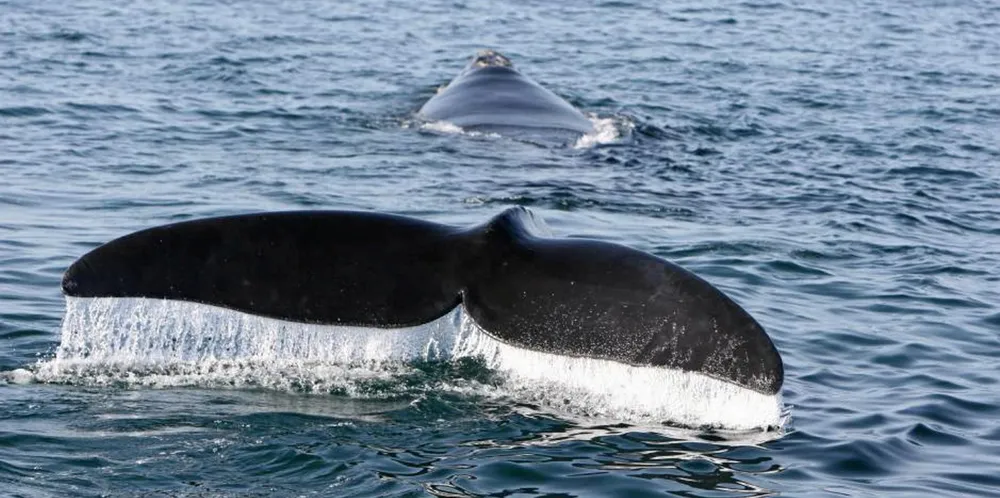South Fork | US offshore wind flagship navigates endangered whale impact as construction looms
Strict new measures limiting vessel speeds agreed to by developers Orsted-Eversource and trio of conservation organisations aim to ensure survival of the critically endangered North Atlantic Right whale

The 132MW project being developed by Denmark’s Orsted and New England utility Eversource in federal waters between Rhode Island and New York, is the US’ second project to be fully permitted and enter construction, is destined to be built on feeding grounds of the North Atlantic Right whale, but has been besieged by multiple lawsuits since its launch in 2017.
Orsted and Eversource announced that the agreement with National Wildlife Federation (NWF), the Natural Resources Defense Council (NRDC), and the Conservation Law Foundation (CLF) would expand upon existing deals on project construction to ensure the safety of the North Atlantic Right whale.
Rob Mastria, project development director of South Fork Wind for Orsted, said: “This agreement enhances our existing ability to protect marine life based on 30 years of experience building and operating offshore wind farms, while trialling new technologies that will further strengthen our ability to both combat the threat of climate change and build projects that coexist with our eco-system.”
The biggest threat to the species is vessel collision, and the installation of South Fork’s dozen 11MW Siemens Gamesa turbines will result in many more maritime craft plying the waters where the whales are known to frequent.
The agreement between Orsted-Eversource and the NWF, NRDC and CLF mandates slow vessel speeds and strict monitoring for the presence of the whales when the project begins construction next year, with no pile-driving between January and April during feeding season, with comprehensive monitoring, including the placement of observers on construction vessels with the power to stop work on the project whenever a whale is sighted.
“Offshore wind is a crucial element of our nation’s strategy to address the climate crisis, but it must be done in a way that protects vital ocean wildlife and habitat,” said Priscilla Brooks, director of ocean conservation at CLF. “The vessel speed restrictions and adaptive management measures agreed to by South Fork Wind will go a long way toward protecting these whales from being injured or killed by project vessels.”
The North Atlantic Right whale is considered critically endangered with less than 350 surviving and is protected under the National Environmental Policy Act (NEPA), the US primary framework environmental legislation, as well as the Endangered Species Act (ESA) and the Marine Mammal Protection Act (MMPA).
The National Oceanic and Atmospheric Administration (NOAA) considers it among the highest priority species for recovery as “a species whose extinction is almost certain in the immediate future because of rapid population decline or habitat destruction and conflicts with construction, development, or economic activity”.
Violations of any of the above statutes could result in shutting the project temporarily or permanently.
South Fork Wind is facing a lawsuit in the federal district court for the eastern district of New York as well as legal action in state courts alleging violations of environmental standards along the route of its onshore cables. The nearby East Hampton Airport has been designated by the US Environmental Protection Agency as a Superfund site for hazardous waste, which is alleged to have contaminated local groundwater along South Fork’s cable laying route.
(Copyright)